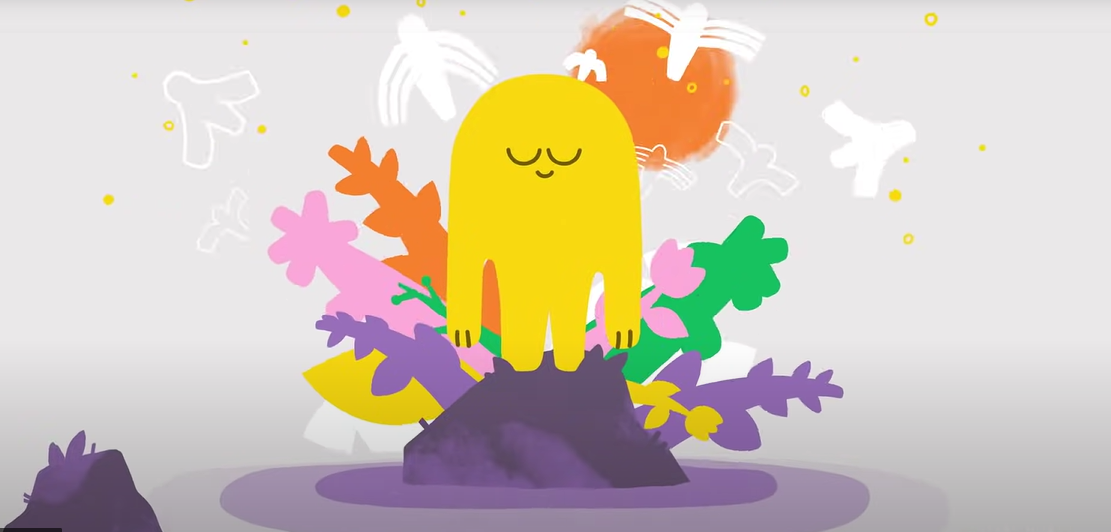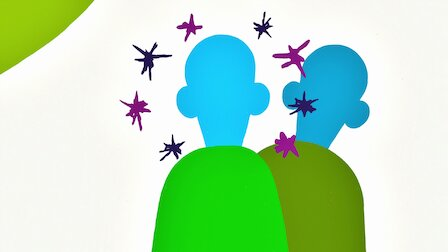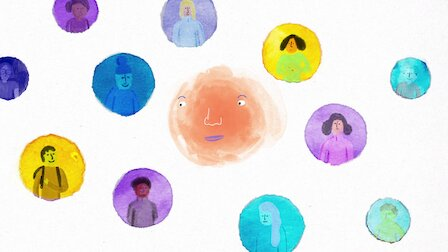Intellectual Train Your Brain to Focus with Meditation
Basic Page Sidebar Menu Penn GSC
By Sanjana Pandit
I’ve been a planner all my life and having a plan for the week, month, and year is something that gives me a sense of comfort and safety. But lately, with it being mid-semester and the ever-present uncertainty surrounding the pandemic, I’ve been having trouble focusing on my tasks. Meditation is a practice that helps me stay mindful and increases my ability to focus on the tasks I have planned.
I recently watched the ‘Headspace Guide to Meditation’ on Netflix and thought it to be the perfect mix of unwinding on Netflix and learning something new. The series takes you through the science of meditation, how it impacts your brain, and its mental and physical benefits. The host - Andy Puddicombe, talks about his own experiences learning meditation practice which helps make the exercise seem less intimidating.

Here is a list of my 3 favorite episodes from the show:
1) Episode 1 – How to get started
This episode outlines the premise of the practice of meditation. It clearly lays out what meditation is and isn’t through a simple example. The narrator takes us through a series of images and asks us to view our thoughts as cars passing by on a busy highway. While we may be tempted to run after the cars (our thoughts), the essence of the practice is just observing the cars pass and acknowledging them. The episode ends with a short six-minute guided meditation to get one comfortable with the activity - acknowledging your thoughts and letting them pass by. For instance, I often try meditating in the morning and find my mind racing with thoughts about the day, the tasks I have lined up. Overtime, I have learned to pause, acknowledge, and then observe the next thought.

2) Episode 4 – How to deal with stress
In this episode, the host talks about the current research on the impact of meditation and its ability to reduce stress. In doing this, he delves into a technique called noting used specifically when one feels very distracted. Noting entails identifying our thoughts and labeling them with short terms like ‘task’, ‘worry’, ‘excitement’, resulting in a sense of completion and letting go of diversions.
A study at Carnegie Mellon University found that those who used the noting technique of meditation showed reduced stress hormone levels and reduced stress response. This episode ends with a short meditation exercise using noting as a technique to overcome distractions.

3) Episode 5 – How to be kind
This one delves into addressing self-care tips and how meditation can help us develop kinder versions of our minds. The episode explores the technique called ‘loving kindness’ which involves imagining everyone around us – the people we like and the people we dislike - being happy. Research shows that using this technique could contribute towards building a sense of self-compassion. This guided meditation employs visualization in establishing a sense of kindness towards ourselves and those around us. At the end of a long day, I use this guided meditation to recount all my tasks of the day and feel a sense of accomplishment.

While it at first seemed daunting and extremely hard to lay still for a few minutes, the series helped me approach meditation as an exercise that requires perseverance and consistency. It reiterated that it’s a practice that’s constantly evolving and some days might feel easy while some days will be extremely hard. Nevertheless, I hope you give the series a watch or download the Headspace app and start your journey with guided meditation today!


